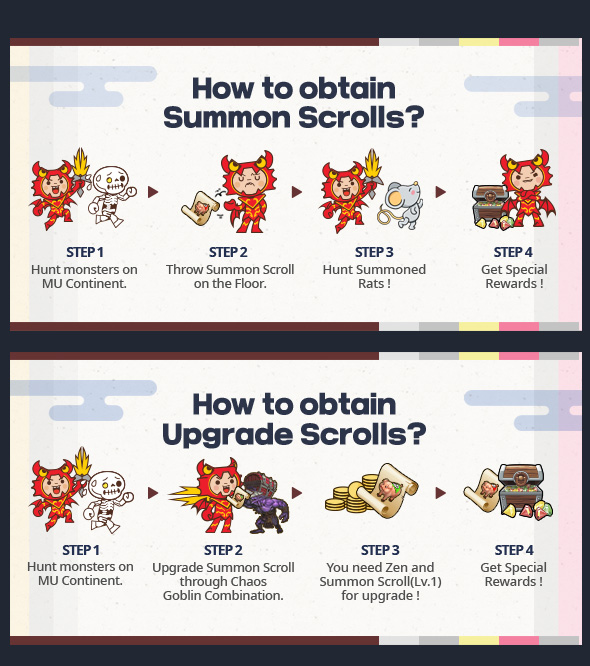| Handscroll | |||||||
|---|---|---|---|---|---|---|---|
Section of a handscroll painting, Early Autumn by Song loyalist painter Qian Xuan.[1] | |||||||
| Chinese | 手捲 | ||||||
| |||||||
The handscroll is a long, narrow, horizontal scroll format in East Asia used for calligraphy or paintings. A handscroll usually measures up to several meters in length and around 25–40 cm in height.[2] Handscrolls are generally viewed starting from the right end.[3] This kind of scroll is intended to be read or viewed flat on a table, in sections.[3][4] The format thus allows for the depiction of a continuous narrative or journey.[5]
The Sheffield UTC Academy Trust has a clear vision to prepare our students for high quality careers in major growth areas of the UK and global economies – Engineering & Advanced Manufacturing, Creative & Digital Industries, Computing, Health Sciences & Social Care and Sport Science. We provide a rounded education to develop the professional.
Markdown to pdf. Scroll down to the “Ongoing Pools” section. The KickPad whitelist sale will appear here. Whitelisted wallets will be able to join the whitelist sale. When the public sale opens, there will be a free-for-all where anyone can try to buy the remaining $5000 worth of KickPad tokens.2:30 PM UTC: The Public sale of $5000 tokens begins.-3 PM. When you are displaying more than one window, you can set the scrollbind option in each window so they scroll together. In each window that should scroll simultaneously, enter the command::set scrollbind You can enter scb as an abbreviation for scrollbind, and the! Flag causes:set to toggle a boolean option. Therefore, it is convenient to enter the following to toggle scrollbind on or off.
The traditional alternative format in East Asian painting is the vertical hanging scroll, which is rarely as long.
History[edit]

According to the Metropolitan Museum of Art, handscrolls are believed to have been invented in India before the fourth century BCE, although no examples survive. They were used for religious texts and entered China by the first century CE.[6] According to the National Palace Museum in Taipei, the handscroll format originated with ancient Chinese text documents.[7] From the Spring and Autumn period (770–481 BCE) through the Han dynasty (206 BCE – 220 CE), bamboo or wooden slips were bound together and used to write texts on.[7] During the Eastern Han period (25–220), the use of paper and silk in the handscroll format became more common.[7] The handscroll was the one of the main formats for texts up until the Tang dynasty (618–907).[7] From the Three Kingdoms period (220–280), the handscroll became a standard format for paintings.[7] New styles were developed over time.[7]
Handscrolls were introduced to Japan centuries later through the spread of Buddhism. Azurewave port devices driver download. The earliest extant Japanese handscroll was created in the eighth century and deals with the life of the Buddha. Japanese horizontal picture scrolls are called emakimono (or emaki), and more often cover narrative subjects than their Chinese equivalents.[8]
Description[edit]
A handscroll has a backing of protective and decorative silk (包首) usually bearing a small title label (題籤) on it.[7] In Chinese art, the handscroll usually consists of a frontispiece (引首) at the beginning (right side), the artwork (畫心) itself in the middle, and a colophon section (拖尾) at the end for various inscriptions.[5][7][9] The beginning of the scroll, where the frontispiece was located, is known as the 'heaven' (天頭).[7] Vertical strips (隔水) are sometimes used to separate the different sections.[7] Most handscrolls contain only one painting, although several short paintings can also be mounted on the scroll.[7] At the beginning of the scroll is a wooden stave (天杆), which serves as a support.[7] A silk cord (帶子) and a fastener (別子) is attached to the stave and used to secure the rolled-up scroll.[7] A wooden roller (木杆) is attached at the very end, around which the scroll is rolled.[7]
Examples[edit]

Utc Scroller
References[edit]
- ^'Early Autumn (29.1)'. Detroit Institute of Arts. Archived from the original on 2 October 2008. Retrieved 24 September 2011.
- ^Dillon, Michael (1998). China: A historical and cultural dictionary. Richmond: Curzon. p. 273. ISBN978-0-7007-0439-2.
- ^ abLaing, Ellen Johnston (2011). 'Chinese Painting'. Reading Asian art and artifacts: Windows to Asia on American college campuses. Plymouth: Lehigh University Press. p. 104. ISBN9781611460704.
- ^Qu, Lei Lei (2008). The simple art of Chinese brush painting. New York: Sterling. pp. 58–9. ISBN978-1-4027-5391-6.
- ^ abDelbanco, Dawn (2008). 'Chinese Handscrolls'. In Heilbrunn Timeline of Art History. New York: The Metropolitan Museum of Art. Retrieved 24 September 2011.
- ^Willmann
- ^ abcdefghijklmn'Famous Handscroll Paintings and Calligraphic Works'. Taipei: National Palace Museum. Archived from the original on 1 August 2020. Retrieved 24 September 2011.
The origins of the handscroll format lie in the ancient texts and documents of China.
- ^Willmann
- ^'Chinese Scrolls'. The Art Institute of Chicago. Retrieved 25 September 2011.
- Willmann, Anna (November 2012). 'Japanese Illustrated Handscrolls'. Metropolitan Museum of Art. Timeline of Art History. Retrieved 9 December 2020.CS1 maint: date and year (link)


External links[edit]
Utc Scroll Cut
| Look up handscroll in Wiktionary, the free dictionary. |
| Wikimedia Commons has media related to Hand scrolls. |
Utc College Code
- MoreInfo: Formats (Mounting). National Palace Museum. (for a diagram of the components of a handscroll)
